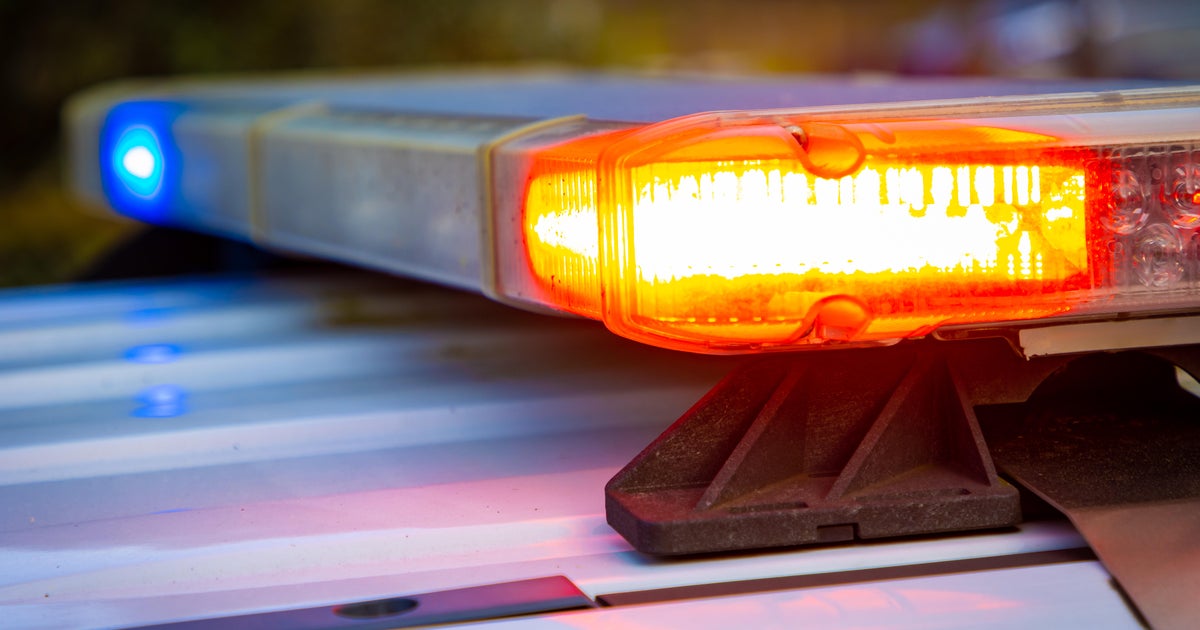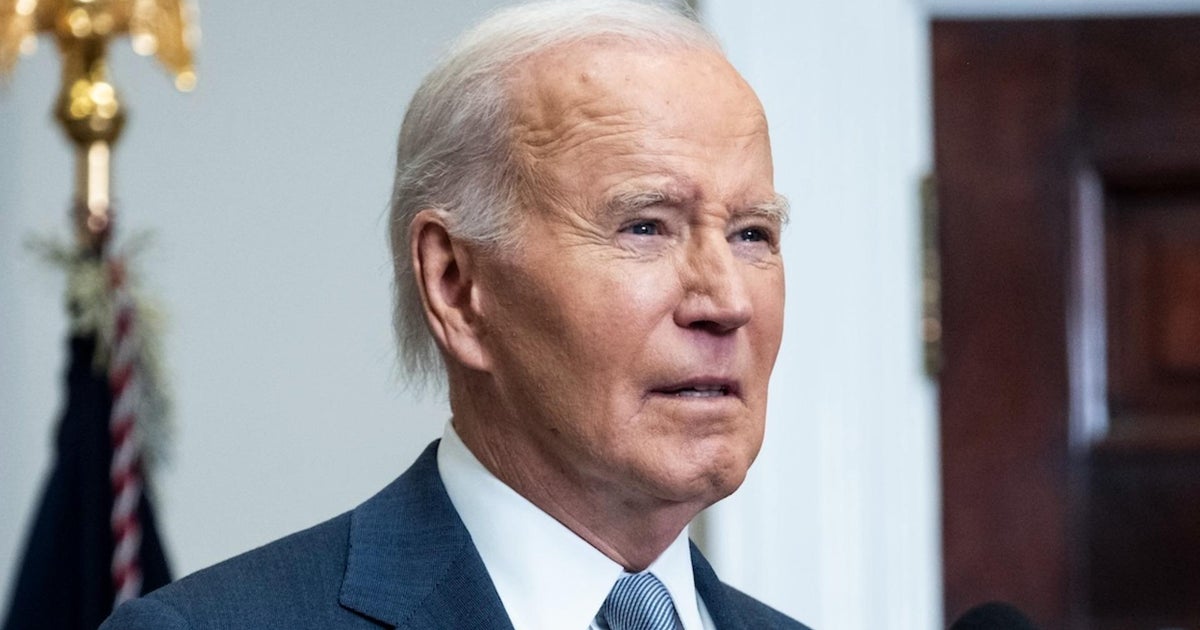Most accidental shooting deaths among children involve guns left loaded and unlocked, study finds
MIAMI - Most children in the US who die from an accidental shooting are playing around with guns at home or mistaking them for toys, according to a new study. And the research suggests that over 90% of guns used in such shooting deaths were left unlocked and loaded.
The study, published Monday in the scientific journal Injury Epidemiology, looked at cases over a nearly a decade in which children under 15 accidentally killed themselves or another child with a gun. Most of the shootings happened at the victim's home, where, in 8 out of 10 cases, the gun belonged to an older relative.
Over 40% of the time, these unintentional deaths happened among kids ages 2 to 4, the researchers found.
"It's worth trying to figure out, 'how do we encourage parents to embrace safe storage?' " said Dr. Nichole Michaels, senior author of the study and principal investigator in the Center for Injury Research and Policy at Nationwide Children's Hospital. "Because that's the way that we prevent these fatalities. These are preventable deaths: We can keep guns out of the hands of toddlers and older children."
In the United States, guns are the leading cause of death for children and teens, according to the US Centers for Disease Control and Prevention. And for every child who dies due to gun violence, more than two more are treated in an emergency room for a gun-related injury, costing the US healthcare system $109 million each year for initial hospitalizations.
For the new study, scientists at the Center for Injury Research and Policy at Nationwide Children's Hospital in Ohio examined instances in which children and teens accidentally shot themselves or another child, resulting in a fatality.
They used the National Violent Death Reporting System, a database maintained by the CDC that tracks the circumstances surrounding violent deaths by compiling information from coroners' reports, hospital records, death certificates, and more.
"It is comprehensive to a level that just nothing else exists like it at all," said Dr. Eric Fleegler, a professor of pediatrics and emergency medicine at Harvard Medical School who was not involved in the study. "It's probably, to the best of my knowledge, the most comprehensive in-depth look at unintentional firearm fatalities among kids."
Filtering through data from 2009 to 2018 across 33 states, the team counted 279 cases in which kids under 15 accidentally died due to firearm injury. Not included were scenarios where, according to researchers' screening of the database, the shooter was over 15 or the shooting was driven by mental health struggles.
About 64% of the accidental gun deaths, the study found, happened at the victim's home, where in most cases, the gun belonged to a relative or a parent. Playing with the firearm or mistaking it for a toy were the most common circumstances of death. The report found that guns were left loaded and unlocked in 92% of fatal shootings for which information about the firearm was available.
"People do not view guns as a safety risk," Fleegler said. "They view guns frequently as the exact opposite: as a mechanism for protecting their family. The notion that guns protect us and they don't, potentially, put us at risk is where the troubling thought process begins."
'Everything was a gun'
According to the study, most of those accidental gun deaths were self-inflicted. That was particularly true for kids under 5, who unintentionally shot themselves in 8 out of 10 cases.
"That is really an impactful finding, because what do we do to prevent these injuries?" Michaels said. "Nobody wants to see guns in the hands of toddlers."
For older kids, ages 10 to 14, nearly a third of the shooters were friends of the victims. According to Michaels, injuries could occur if children mistakenly pulled the trigger, thought a gun was unloaded while hunting or other had another kind of fatal mishap.
For Dr. Chris Rees, a physician and professor of emergency medicine and pediatrics at Emory University, the findings confirm what he sees in the emergency room.
"I see children very, very often in the emergency department, even 2 or 3 years old, who present after having been involved in a firearm accident of some sort," said Rees, who was not involved in the new research. "They come in shot in the foot, shot in the head, shot in the chest or shot anywhere because they don't really understand what the firearm is and what it's capable of doing."
The study also found that over 92% of the shooters and 80% of the victims were males. Although the researchers aren't sure what drives the gender gap in gun deaths, some experts attribute it to societal expectations and gender norms for men.
"When my oldest child was a little kid, everything was a gun," Fleegler said. "A stick was a gun; a fork was a gun. It is a kind of a sociological phenomenon in our country ... that boys tend to play with guns."
'It's a team sport'
Experts recommend some key things families can do to avoid the risk of an accidental shooting.
Keeping firearms locked and in secure locations, out of the reach of kids, is a critical step that researchers agree could help stop young children from harming themselves or others. Simply hiding firearms rather than locking them, Michaels said, can be like hiding holiday gifts: Naturally curious kids end up finding them.
"It's really up to parents to embrace this safe storage idea," Michaels said. "We recommend removing firearms from the home, and if that isn't an option, the firearms should be stored, unloaded, and locked away from the ammunition."
Michaels and Rees also recommended open conversations with other families. If a child is going to play at another home, parents could ask the other family if they have firearms that are safely stored.
Physicians, including the American Academy of Pediatrics, believe that it's the job of pediatricians to educate families about safe gun storage practices with youth around, just like "car seats and bicycle helmets," according to Fleegler. In his experience, when he asked about gun safety in the home, most parents' responses were the same: "I hadn't thought about it."
Due to an uptick in pediatric gun injuries, several hospital emergency rooms, including Fleegler's, also provide free gun locks to patients' families.
But experts agree that hospitals and doctors alone can't take on the challenge of youth gun violence. Rees said schools, parents, and politicians all have a role to play in promoting safe practices.
"I think it's a team sport," Rees said. "I think everybody is against people getting hurt and dying from firearms. It's a public health crisis, and we need to approach it as such."



